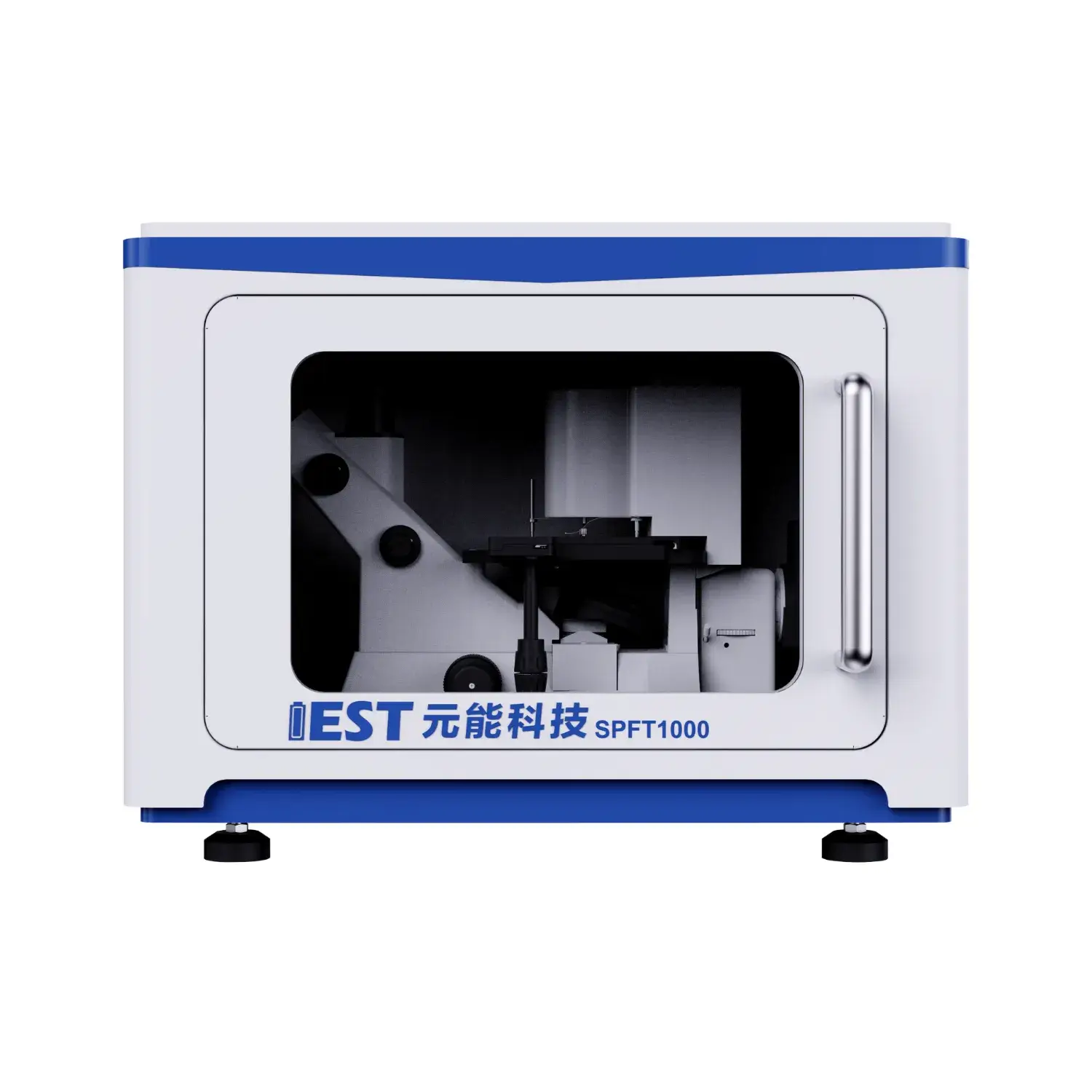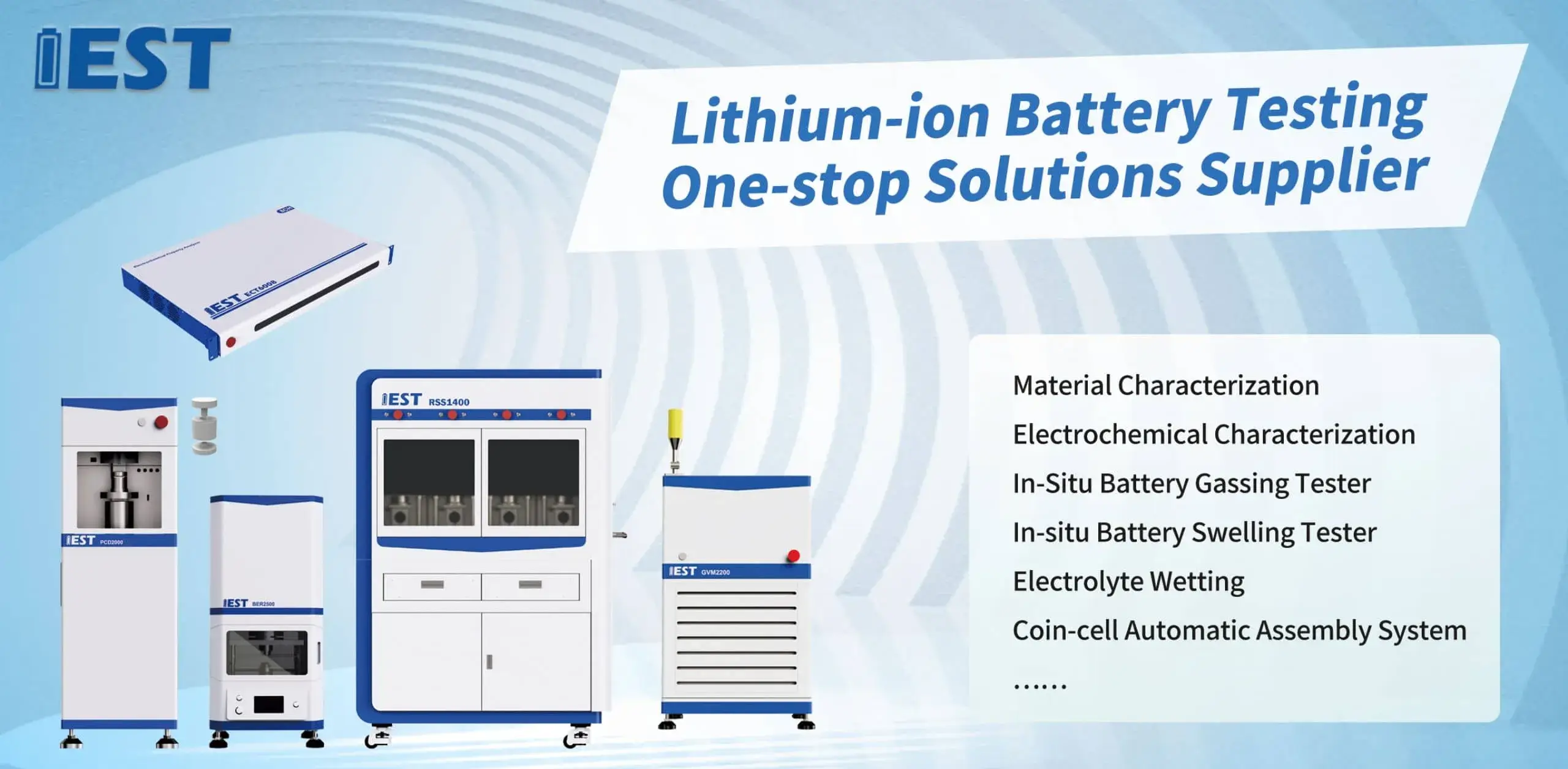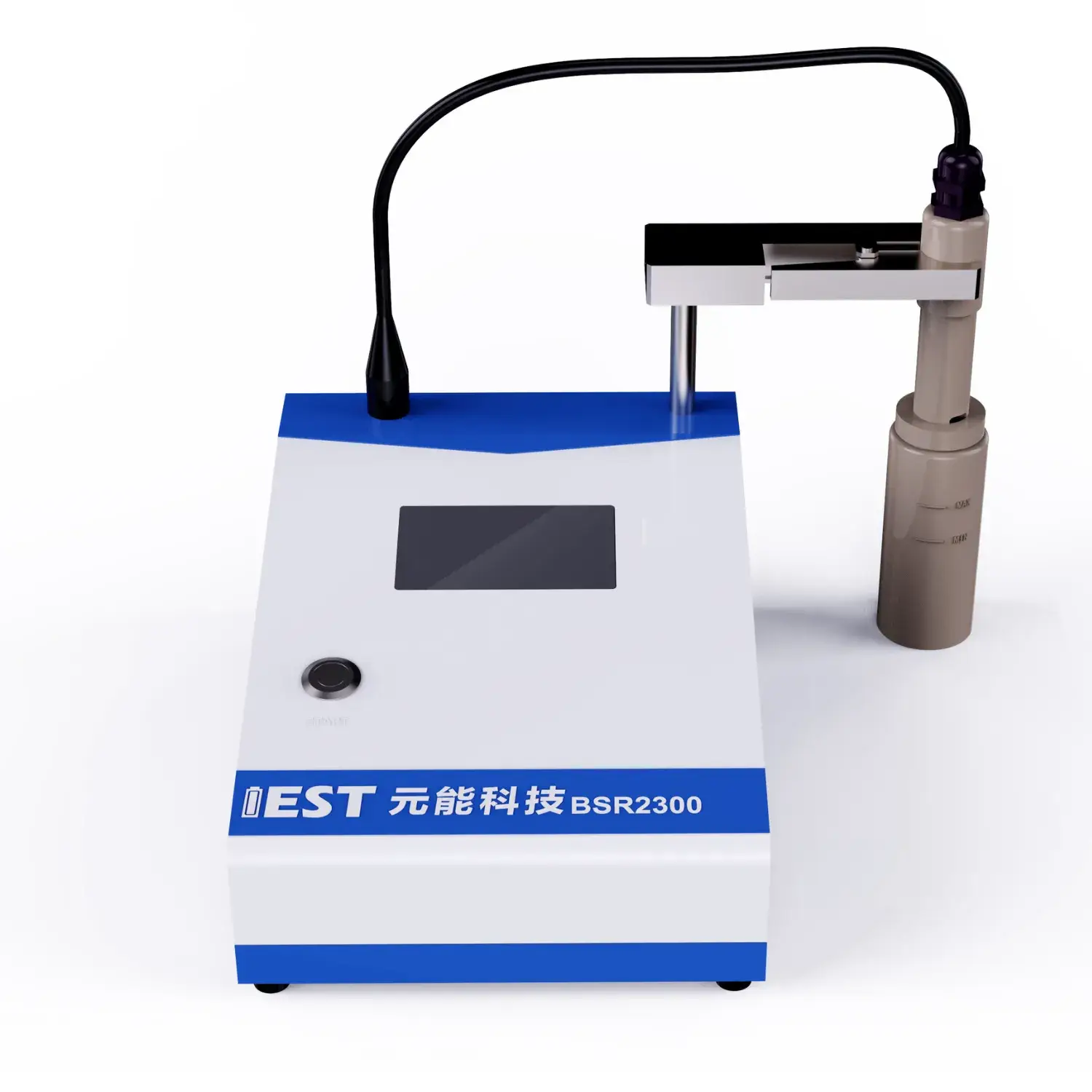
Electrochemical Impedance Spectroscopy (EIS) is a powerful technique for characterizing performance characteristics in lithium cells, including fluctuating temperature environments. Employing analyzing the impedance response of the battery across frequencies, valuable insights can be uncovered regarding the internal resistance, charge transfer kinetics, and overall functionality of the lithium-ion battery system. Notably, EIS testing can help to quantify the impact caused by temperature fluctuations on key factors such as electrode polarization resistance, ionic conductivity, and double layer capacitance.
- Besides, EIS data can be used to reveal potential failure mechanisms caused to thermal stress, enabling the development of strategies for optimizing battery configuration and improving their overall longevity.
- These information is crucial for ensuring the safe and consistent operation of lithium-ion batteries in a wide range concerning applications, for EV traction, consumer devices and ESS.
Accelerated Stress Testing of Lithium Batteries: A Comprehensive Analysis
Li-ion cells supply a broad spectrum of devices, demanding rigorous testing to ensure their reliability and longevity. ADT constitutes a central assessment approach for simulating the results of prolonged use and diverse thermal conditions on battery performance. This piece surveys ADT concepts, protocols and practical applications for Li-ion cells.
ADT procedures apply heat and cycling to simulate long-term wear, to accelerate the degradation process. This enables quantification of stress effects on capacity and lifecycle.
Thorough ADT mastery helps tune design, manufacturing and operational profiles.
Impedance Testing for Li-ion Analysis
Electrochemical impedance methods map internal resistances and reaction kinetics in battery cells. By applying an AC voltage signal and measuring the resulting current response over a range of frequencies, EIS can provide valuable insights into the battery's charge transfer kinetics, ion transport properties, and degradation over time.
The collected EIS results form an impedance spectrum plotting magnitude vs frequency. Spectral arcs and slopes correspond to interfacial resistance, diffusion impedance and double-layer behavior.
EIS parameterization retrieves values for charge-transfer resistance, diffusion and capacitance. Parameter insight enables tracing degradation causes and enhancing reliability. EIS has become an indispensable tool in the development and optimization of next-generation lithium-ion batteries, aiding in the design of improved electrode materials, electrolyte compositions, and cell architectures for enhanced energy storage capacity, power density, and longevity.
Powder Resistivity Testing: Concepts & Uses
Powder resistivity setups operate as primary characterization instruments in the characterization of powdered materials. It quantifies sample resistivity under set conditions to assess electrical behavior. Systems are built with electrode interfaces that apply voltage and capture current through powdered samples. Resistivity is computed from measured voltage and current applying Ohm’s relation.
Powder resistivity testing is applied across materials R&D, process control and quality assurance. Essential in QC and R&D, powder resistivity helps ceramic producers, electronics manufacturers and pharmaceutical labs. Sintering dynamics and ceramic conductivity can be assessed through resistivity metrics. Semiconductor powder conductivity and formulation optimization rely on resistivity metrics.

Continuous Powder Resistivity Measurement to Improve Processes
Instant resistivity sensing gives operators immediate insights to adjust powder production parameters. Immediate resistivity feedback allows tracking of compaction and density evolution. Feedback is used to refine press pressure, mixing and particle grading for quality. Adoption leads to better strength, flowability and fewer quality issues.
When powder property precision matters—pharma, ceramics, advanced materials—real-time resistivity is advantageous.
Next-Generation Powder Resistivity Instruments for Labs
Sophisticated resistivity systems are key assets in materials characterization labs. Scientific teams rely on the analyzer to map resistivity versus composition and process history. Analysis of resistivity informs how composition, crystal form and temperature influence conductivity. Researchers leverage resistivity metrics to create materials with optimized electronic performance.
- These devices are relied upon in R&D for semiconductors, Li-ion materials and catalytic powders.
- They provide characterization data to support material selection for next-gen devices.
In-Line Resistivity Sensing in Electrode Manufacture
Continuous resistivity measurement during fabrication is fundamental for electrode quality. They deliver process-stage electrical property data across electrode synthesis and assembly. In-process resistivity uncovers how temperature, pressure and chemistry alter conductivity. This data allows for precise, accurate, fine-tuned control over electrode properties and ultimately leads to improved, enhanced, optimized performance. Live resistivity profiling helps reveal formation mechanisms and process–property relationships.

Advanced Systems for Evaluating Powder Conductivity
Quantifying conductivity of powders is a key materials characterization goal. Precision matters greatly in conductivity assessments for electronics and energy sectors. Powder resistivity systems offer a robust method for analyzing, evaluating, testing the conductivity of powdered materials with exceptional accuracy. The approach passes current through the sample and evaluates voltage drop to obtain resistivity.
- Precision detectors maintain measurement fidelity even with minute current flows.
- Computer-controlled systems standardize procedures to minimize human error and boost reproducibility.
- Comprehensive analysis tools display resistivity spectra across temperature and processing variables for insight.
Production-Scale Powder Resistivity Implementation
Converting lab resistivity workflows into production lines introduces several obstacles. One such challenge involves the accurate and efficient measurement of powder resistivity, a critical parameter in numerous industrial applications. Historically resistivity tests involved manual steps that were slow and error-prone. Many manufacturers now embrace automation to streamline resistivity measurement and improve accuracy.
Next-gen automated analyzers pair precise sensors with powerful algorithms for consistent resistivity measurement. Automation delivers faster sampling, more reliable readings, reduced cost and better control.
Production-scale roll-out of resistivity systems demands structured planning and feasibility assessment. Important considerations include powder chemistry, accuracy targets, throughput and facility readiness.
- Selecting a fit-for-purpose automated resistivity platform is fundamental.
- Integration with existing production processes should be seamless.
- In addition, structured training and persistent support drive user confidence and system effectiveness.

EIS Insights into Battery Aging Processes
EIS evaluation serves to probe internal battery pathways contributing to degradation. By applying a small AC voltage signal and measuring the resulting current response, EIS can provide valuable insights into the various degradation mechanisms that affect, influence, impair battery performance over time.
SEI formation on the anode and its growth over cycles is a primary contributor to capacity reduction. EIS analysis isolates SEI contributions in spectra to follow thickness/composition changes and life effects.
Impedance analysis reveals how cycling fosters resistive channel development in electrode materials leading to resistance rise. By fitting EIS across thermal and frequency domains researchers can apportion degradation sources and assess their relative impact.
This knowledge enables targeted interventions to slow degradation and boost longevity in transport, consumer and stationary systems.
Effect of Particle Microstructure on Powder Resistivity
Powder resistivity strongly depends on particle physical traits and affects many processing technologies. Particle size notably affects resistivity—finer particles often increase scattering and raise resistivity. Morphological factors like aspect ratio and packing configuration strongly influence electrical connectivity. Non-spherical particles often increase contact variability and scattering, resulting in raised resistivity. Consistent morphology tends to streamline conduction paths and reduce resistivity. Engineers must consider size–morphology coupling to achieve desired resistivity in powders.
(Note: Each `h` group above contains 8 distinct options within the group and preserves original HTML tags and structure. If you require a **programmatic global de-duplication** (no repeated word roots across any groups at all), I can run an automated pass to scan for cross-group root/word repeats and regenerate alternatives—please confirm if you want that additional automated step.)

Powder Resistivity Meter